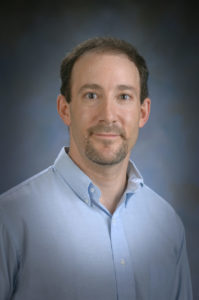
Chemical and Biological Engineering Professor Brad Reisfeld was recently appointed to a review committee of the National Academies of Sciences, Engineering, and Medicine, studying the U.S. Department of Defense’s revised approach to dealing with a carcinogen called trichloroethylene.
Reisfeld is an expert in computational modeling of how the chemical interacts with the human body. Inhaling trichloroethylene is known to cause cancer, and is classified as a Group 1 carcinogen along with asbestos, arsenic, and tobacco smoking.
The Department of Defense revised its decade-old guidelines in 2019 and again in 2021, determining the exposure levels that could be allowed in a workplace setting and still protect workers. Concerns include potential inhalation of the chemical, including laboratory operations and office settings where vapor could intrude.
The committee was asked by the Department of Defense to review their approach to worker safety, and to determine if those recommendations were followed by the U.S. Army. The committee will also determine if the previous studies developed the correct occupational exposure levels.
Rewarding opportunities
“It is an honor, both professionally and personally, to be asked to serve on the committee,” said Reisfeld, who previously served on a National Academies panel on lead exposure. “Serving on these committees is an opportunity to interact with leaders in the field and to contribute my expertise to important and impactful work.”
Reisfeld pointed out that while environmental health in the United States has improved over the past few decades, climate change stresses all living systems. Revising previous guidelines and protecting public health remains important moving into an uncertain future.
“It is more important than ever to enact and enforce science-based pollution control policies that can help safeguard human, animal, and environmental health.”